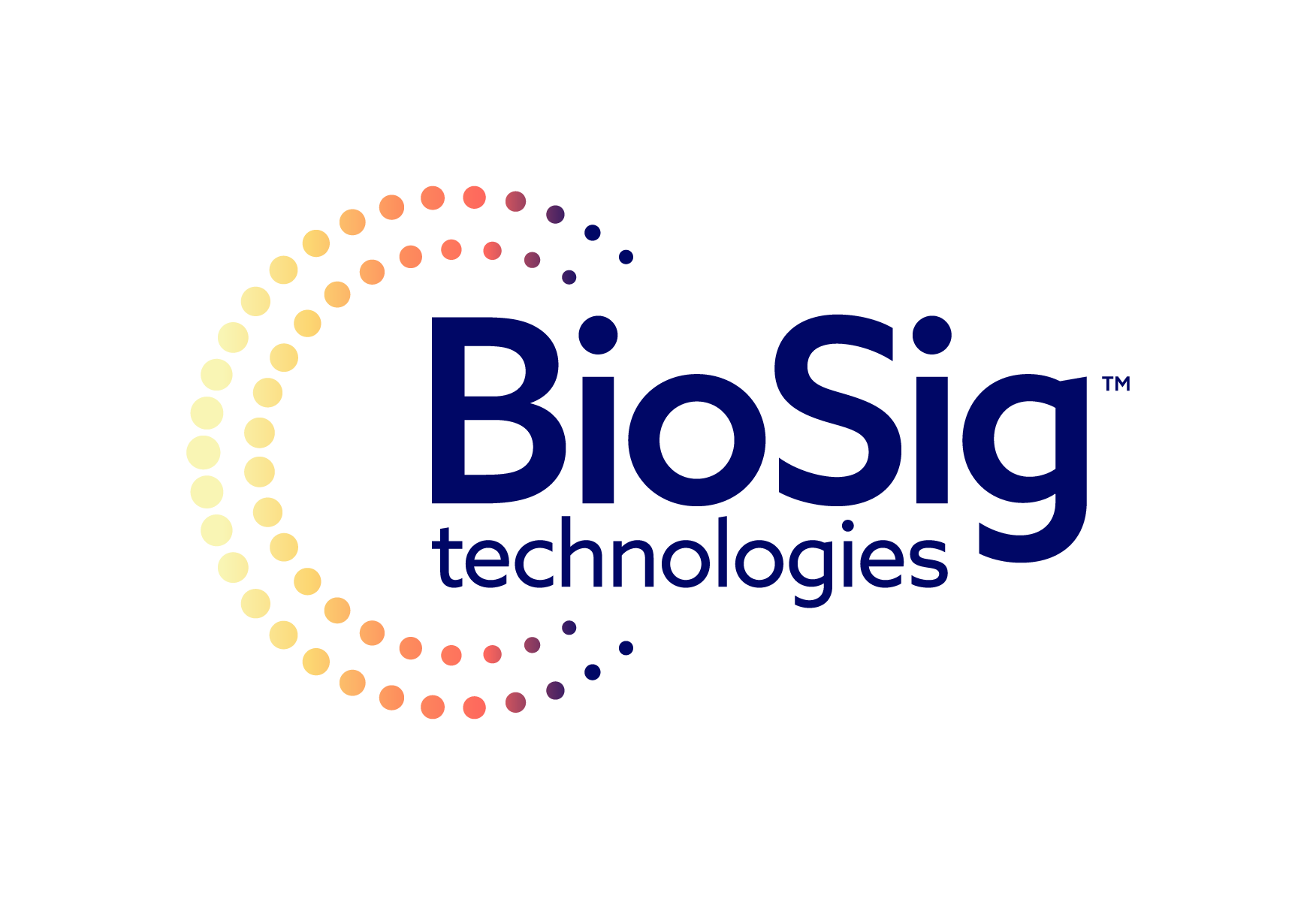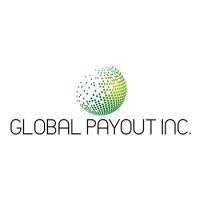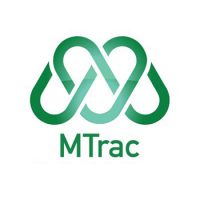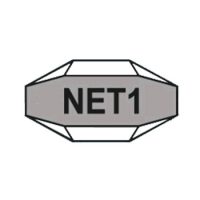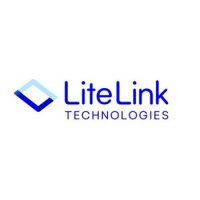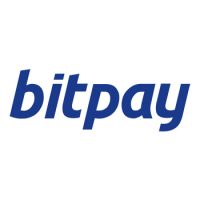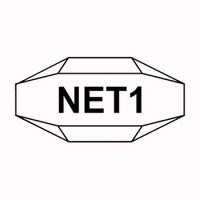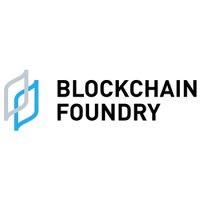Blockchain
Unlocking the Future: European Gaming Congress Panel Explores the Confluence of Blockchain, Fintech, and AI

After a three-year hiatus, the European Gaming Congress is making a triumphant comeback to Warsaw, Poland, on October 30-31, 2023. This eagerly anticipated event promises to be the industry’s most significant gathering, bringing together compliance experts, regulators, and gaming industry professionals from across Europe and beyond.
The European Gaming Congress has a rich history of success, having connected industry stakeholders for the past eight years during their summits and meetups. This year, the event is set to be bigger and better than ever before, with panel discussions led by some of the most influential figures in the industry.
Here’s what you can expect at the European Gaming Congress:
- A Focus on Compliance Updates: The event brings together compliance experts and industry leaders to discuss the latest updates on gambling industry compliance from Poland, Italy, Spain, France, Netherlands, Greece, the D-A-CH region, and Nordics.
- Networking and Collaboration: The European Gaming Congress provides a unique platform for networking, collaboration, and growth. With attendees from across Europe and beyond, it’s the perfect opportunity to connect with industry leaders from multiple sectors.
- Influential Panel Discussions: Engage in panel discussions led by some of the most influential figures in the industry. Gain insights into the latest regulations, market trends, and emerging opportunities.
- Intersecting Industries: This year’s Congress is set to bridge the gaming industry with blockchain, artificial intelligence, and fintech experts. This provides a platform for exploring innovative cross-industry collaborations and partnerships.
- Discover the Future of Gaming: The European Gaming Congress is the place to be for anyone involved in iGaming, eSports, Blockchain, Artificial Intelligence, Fintech, Virtual/Augmented/Mixed Reality, and more. Meet C-level executives, compliance experts, and government officials who are actively shaping the future of these industries.
Future Tech Fusion: Blockchain, Fintech, and AI’s Transformative Confluence
In this panel, the European Gaming Congress is set to explore the intertwining of these revolutionary technologies and their collective potential to redefine our interconnected world.
The esteemed moderator for this panel is Becky Liggero Fontana, Reporter, Producer, and Host at COINGEEK.
This panel discussion ventures into the following domains:
- Blockchain: The panel will dissect the decentralized and transparent nature of blockchain technology, shedding light on its potential to revolutionize the way we conduct transactions and establish trust in various sectors.
- Fintech (Financial Technology): Attendees will gain insights into the financial innovations driven by fintech, including secure transactions, personalized banking, and innovative financial services that enhance convenience and security.
- Artificial Intelligence (AI): The panel will explore the cognitive capabilities unlocked by AI, offering a glimpse into intelligent automation, predictive analytics, and the future of human-computer interactions.
As these groundbreaking technologies intertwine, they pave the way for unprecedented solutions that impact various industries. The discussion will delve into the challenges, opportunities, and transformative potential when these tech titans converge, offering attendees a panoramic view of the future of innovation.
Registration
The event will take place at the InterContinental Warsaw, an IHG Hotel, a luxurious and convenient location in the heart of Warsaw. It’s the perfect setting for industry professionals to come together, share knowledge, and explore future opportunities.
This event is a unique opportunity for professionals in the iGaming industry and related fields to connect, learn, and shape the future of their businesses. Registration is now open. Visit https://hipther.com/events/egc/regwarsaw/ to secure your spot at this prestigious event.
Blockchain
BioSig Technologies, Inc. Signs Definitive Share Exchange Agreement with Streamex Exchange Corp. to Launch First-Mover Real-World Asset (RWA) Tokenization Company Bringing Commodity Markets On-Chain.
Blockchain
From Onboarding to Settlement in Minutes: TransFi Launches BizPay to Redefine Global Business Payments

TransFi
Blockchain
Blocks & Headlines: Today in Blockchain – May 22, 2025

The blockchain universe never sleeps. From pioneering cross-border payment systems in Central America to city-wide crypto strategies in New York City, today’s headlines reveal an industry maturing at breakneck speed. In this edition of Blocks & Headlines, we explore five landmark developments:
-
Guatemala’s Banco Industrial integrates blockchain for seamless cross-border remittances.
-
NYC Mayor’s Office unveils a comprehensive crypto and blockchain roadmap.
-
OSR Holdings, BCM Europe & Taekwondo Cooperative sign an MOU to launch the OSRH token.
-
Bybit’s “Chicken Trader” livestream—crypto meets poultry in the world’s first poultry-powered trading showdown.
-
FIFA taps Avalanche to build a dedicated blockchain for its NFT platform.
These stories underscore three key trends reshaping the ecosystem:
-
Institutional Adoption & Regulation: From national banks to municipal governments, legacy institutions are embracing decentralized technologies.
-
Tokenization & Community Engagement: Strategic partnerships are launching specialized tokens that bridge niche communities with global markets.
-
Innovative Use Cases: Whether gaming, entertainment, or live-stream events, blockchain’s versatility spawns ever-more creative applications.
Join us as we unpack the implications, weigh the opportunities, and forecast where these trajectories might lead.
1. Guatemala’s Largest Bank Integrates Blockchain for Cross-Border Payments
What Happened
Guatemala’s Banco Industrial, the country’s biggest financial institution, announced the deployment of a private‐permissioned blockchain network to streamline remittances from the U.S. into Guatemala City and beyond. The solution reduces settlement times from days to minutes, cuts fees by up to 60 %, and offers real-time traceability for senders and receivers.
Source: Cointelegraph
Analysis & Commentary
-
Financial Inclusion Boost: Remittances account for over 12 % of Guatemala’s GDP. By minimizing friction and cost, blockchain integration will extend financial services to remote communities reliant on diaspora funds.
-
Risk & Compliance: Permissioned networks allow Banco Industrial to retain AML/KYC controls, mitigating concerns around illicit flows. This hybrid approach demonstrates that enterprise blockchain can balance decentralization with regulatory rigor.
-
Regional Ripple Effects: Neighboring Central American banks are watching closely. Should Guatemala’s pilot succeed, we can expect a domino effect across El Salvador, Honduras, and Costa Rica—each seeking to capitalize on faster, cheaper cross-border rails.
Implications
Legacy banks worldwide should view this as a blueprint: private blockchains can coexist with existing compliance frameworks while delivering transformative user benefits. Early movers will capture remittance market share and cultivate fintech partnerships across the Latin American corridor.
2. NYC Mayor Unveils Ambitious Crypto & Blockchain Agenda
What Happened
New York City Mayor Eric Adams detailed his administration’s multi-pronged strategy to make NYC a global crypto hub. Key initiatives include:
-
A regulatory sandbox for crypto startups to pilot DeFi, NFTs, and token-based fundraising under city supervision.
-
Partnerships with CUNY and Columbia University for blockchain research and talent development.
-
Deployment of a blockchain-based public record system for land titles and business registrations.
Source: GovTech
Analysis & Commentary
-
Regulatory Harmony vs. Overreach: By offering a controlled sandbox rather than blanket deregulation, NYC signals a nuanced stance—encouraging innovation without sacrificing consumer protection.
-
Talent Pipeline: Academic partnerships aim to remedy the talent shortage plaguing blockchain firms. Local graduates trained in distributed ledger technologies (DLT) will feed startups, financial institutions, and government agencies.
-
Public Services on Chain: Land registries and business filings on blockchain promise greater transparency and fraud reduction. If scaled effectively, NYC could set a global standard for government-blockchain integration.
Implications
Other major cities—London, Singapore, Dubai—will feel pressure to match NYC’s playbook. Municipal leaders should prioritize sandbox frameworks and academia-industry liaisons to nurture homegrown crypto ecosystems.
3. OSR Holdings, BCM Europe & Taekwondo Cooperative Launch OSRH Token
What Happened
OSR Holdings, BCM Europe, and the Taekwondo Cooperative signed a strategic Memorandum of Understanding to co-develop the OSRH token, a blockchain-based digital asset aimed at supporting global Taekwondo practitioners. Features include:
-
Membership Rewards: Tokens earned through event participation, coaching certifications, and tournament wins.
-
Decentralized Governance: Athletes vote on sponsorship allocations and rule-change proposals via on-chain ballots.
-
Marketplace Integration: A dedicated NFT marketplace for Taekwondo memorabilia, from digital belts to highlight reels.
Source: PR Newswire
Analysis & Commentary
-
Niche Tokenization: OSRH token exemplifies the power of community-focused tokens. By aligning incentives with passion points—training, competition, governance—stakeholders gain ownership and engagement.
-
Governance Innovation: Athlete-driven decision-making on sponsorship and funding disrupts top-down federation models. This could democratize sports governance across disciplines.
-
Commercial Ecosystem: The NFT marketplace offers monetization channels for athletes and federations alike. Strategic royalties on secondary sales ensure sustainable funding.
Implications
Other sports federations and niche communities should explore token models that blend rewards, governance, and commerce. Successful launches will hinge on clear utility, user education, and regulatory compliance in key jurisdictions.
4. Bybit Presents “Chicken Trader”: The World’s First Poultry-Powered Trading Showdown
What Happened
Cryptocurrency exchange Bybit debuted “Chicken Trader,” a live-streamed event where two contestants trade crypto pairs—and manage live chickens—to earn “Egg Points.” Viewers can stake on their favorite trader, earning NFTs and token rewards based on performance.
Source: PR Newswire
Analysis & Commentary
-
Gamification Meets DeFi: Chicken Trader’s fusion of live-stream engagement, staking mechanics, and NFTs exemplifies Web3’s playful ethos—turning trading into interactive entertainment.
-
User Acquisition Strategy: Bybit gamified acquisition funnels, leveraging viral social content to onboard nontraditional crypto audiences intrigued by the novelty factor.
-
Regulatory Tightrope: Combining staking with competition and livestock raises jurisdictional questions around gambling, securities, and animal welfare. Bybit must navigate diverse regulations to scale globally.
Implications
Other exchanges will replicate gamified formats to differentiate UX and grow communities. Yet long-term viability demands balancing flashy live-events with rigorous compliance, sustainable tokenomics, and authentic value for participants.
5. FIFA Taps Avalanche to Power Its NFT Platform
What Happened
Global soccer body FIFA selected the Avalanche blockchain to launch its official NFT marketplace, featuring digital collectibles—from World Cup highlights to player-card packs. Avalanche’s high throughput and low fees were cited as decisive factors.
Source: TradingView (via Cointelegraph)
Analysis & Commentary
-
Scalability & Sustainability: Avalanche’s consensus mechanism delivers sub-second finality and carbon-offset commitments, aligning with FIFA’s environmental pledges.
-
Fan Engagement: Tokenized highlights and limited-edition digital memorabilia expand revenue streams beyond broadcast rights, offering fans verifiable ownership and collectible provenance.
-
Interoperability: Avalanche’s growing DeFi ecosystem enables future integrations—staking fan tokens, launching prediction-market games, or embedding NFT rewards in FIFA’s mobile apps.
Implications
Major sports leagues and entertainment brands eyeing NFT forays will scrutinize Avalanche’s performance under FIFA’s global load. Blockchain platforms must prove they can handle spikes during marquee events—kickoff times, finals, transfer windows—while preserving UX and sustainability goals.
Conclusion
Today’s Blocks & Headlines illustrate blockchain’s multifaceted evolution:
-
Legacy institutions like banks and city governments are unlocking new efficiencies and transparency through private and public DLT networks.
-
Community-driven tokens are redefining governance and monetization in sports and niche domains.
-
Innovative engagement—from poultry-fueled trading spectacles to global soccer NFTs—demonstrates blockchain’s capacity for gamification, fan loyalty, and novel revenue models.
Yet with opportunity comes responsibility: scalable architectures must coexist with robust compliance; token economies require thoughtful design to sustain value; and regulators, academia, and industry must collaborate to craft frameworks that balance innovation with consumer protection.
As blockchain weaves deeper into finance, governance, entertainment, and sports, stakeholders who embrace strategic partnerships, prioritize user education, and invest in resilient infrastructures will lead the charge into Web3’s next frontier.
The post Blocks & Headlines: Today in Blockchain – May 22, 2025 appeared first on News, Events, Advertising Options.
-

 Blockchain Press Releases7 days ago
Blockchain Press Releases7 days agoCoinW Unveils Industry-First Futures Protection Program:Instant Refunds Designed to Safeguard Traders
-

 Blockchain Press Releases3 days ago
Blockchain Press Releases3 days agoCM Global Services (CMGS) Secures Exclusive Multi-Year Logistics & Procurement Partnerships with Compass Mining and NovoMod
-

 Blockchain Press Releases4 days ago
Blockchain Press Releases4 days agoOnRe, Backed by Ethena, Solana Ventures, and RockawayX Launches Structured Yield Product Combining Real-World Stability and On-Chain Upside
-

 Blockchain6 days ago
Blockchain6 days agoBlocks & Headlines: Today in Blockchain – May 19, 2025 | DoubleZero, Toobit, Story Protocol, Marco Polo, Argo Blockchain
-

 Blockchain5 days ago
Blockchain5 days agoVanEck Prepares to Launch PurposeBuilt Fund to Invest in Real-World Applications on Avalanche
-

 Blockchain Press Releases5 days ago
Blockchain Press Releases5 days agoHTX Unveils Finalists for $6M Mars Program Special Edition, Space Journey Selection Enters Final Phase
-

 Blockchain Press Releases3 days ago
Blockchain Press Releases3 days agoWSPN Launches New Website, Unveiling Enhanced Vision for Next-Generation Stablecoin Infrastructure
-

 Blockchain Press Releases2 days ago
Blockchain Press Releases2 days agoCompass Mining Partners with Synota’s “Impact Mining” Initiative to Transform Bitcoin Hashrate into Community Impact
















